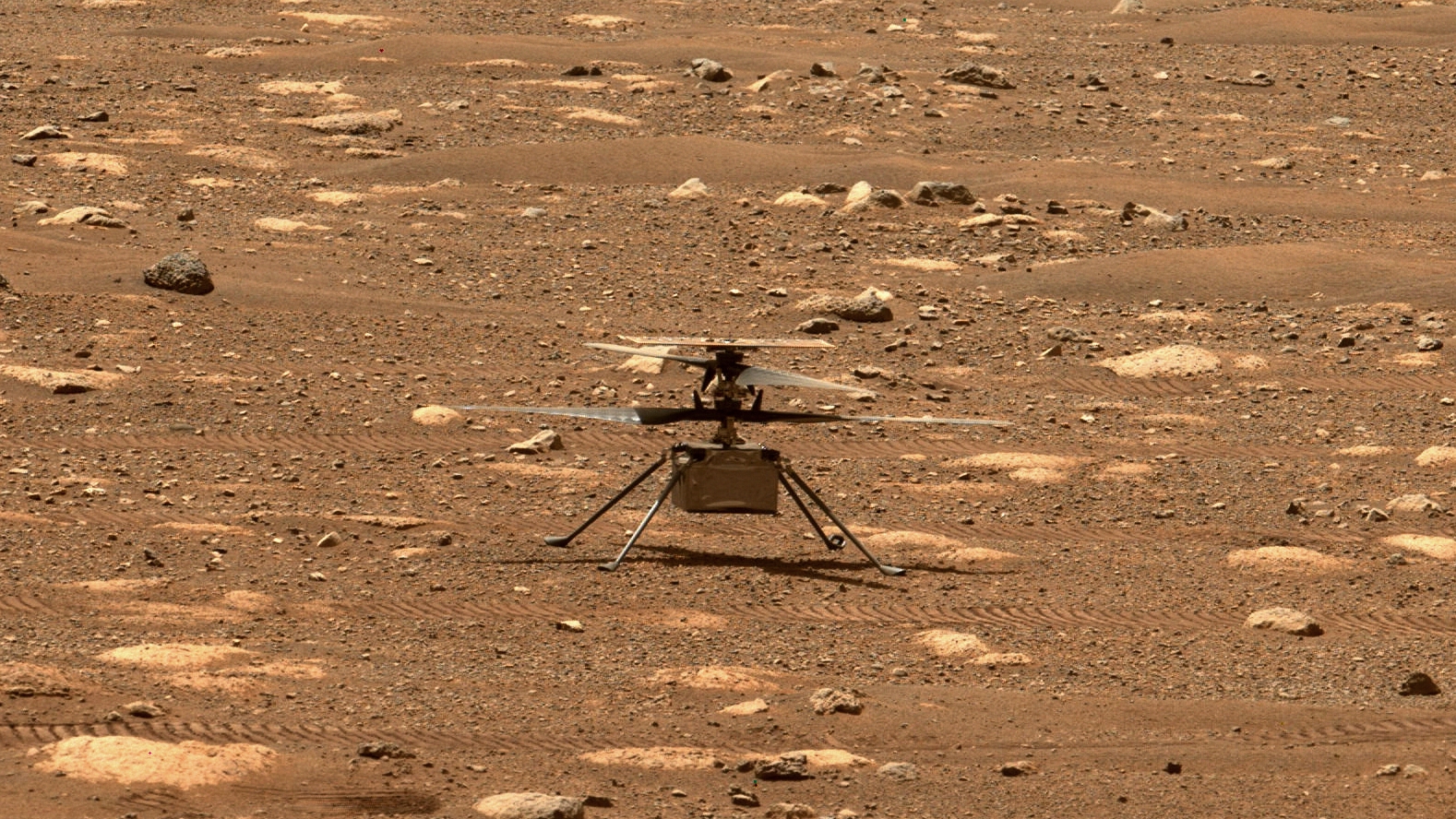Last week NASA started pre-flight testing in hopes that its tiny autonomous helicopter could take to the Martian skies and complete the first powered flight on another planet.
Unfortunately, the first flight for Ingenuity which was scheduled to take place on 11th April did not happen due to a potential issue.
“During a high-speed spin test of the rotors on Friday, the command sequence controlling the test ended early due to a ‘watchdog’ timer expiration. This occurred as it was trying to transition the flight computer from ‘Pre-Flight’ to ‘Flight’ mode. The helicopter is safe and healthy and communicated its full telemetry set to Earth,” the NASA Jet Propulsion Laboratory wrote in an update at the weekend.
The watchdog timer NASA references here oversees Ingenuity’s command sequence and alerts the system to any issues it encounters. This prevents the system from proceeding with commands in a bid to keep it safe.
Before the watchdog timer stopped testing, Space.com reports that NASA was testing the copter’s rotor blades at full speed. Before that test the team was able to test the rotor blades at 50 RPM and confirm the solar panels are powering the little helicopter.
“The helicopter team is reviewing telemetry to diagnose and understand the issue. Following that, they will reschedule the full-speed test,” NASA wrote.
The space exploration firm is now eyeing 14th April as the earliest date the first flight will take place.
Should the flight take place, Ingenuity will become the first attempt at a controlled flight on another planet.
While humans have mastered flight here on Earth, the Martian atmosphere is much less dense than Earth’s. This means that Ingenuity needs larger rotor blades and needs to be light which it is clocking in at just under two kilograms.
We’re hoping that Ingenuity is able to take off this week if only for the team who has been working on the helicopter for the last six year can see their creation fly on another planet.
[Image credit – NASA/JPL-Caltech/ASU]

